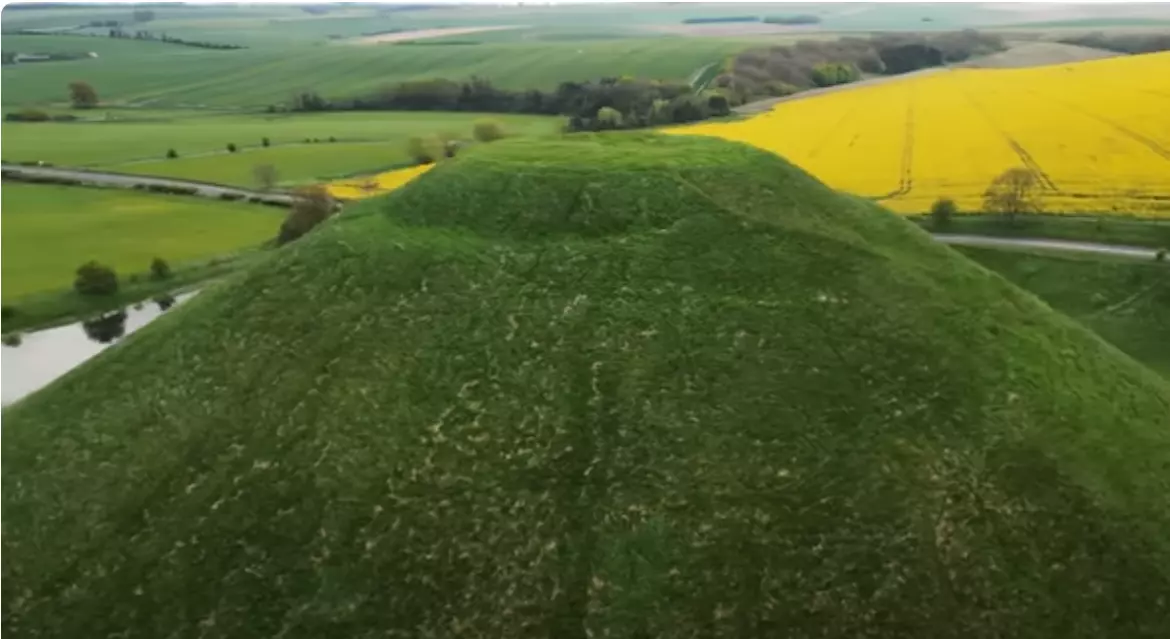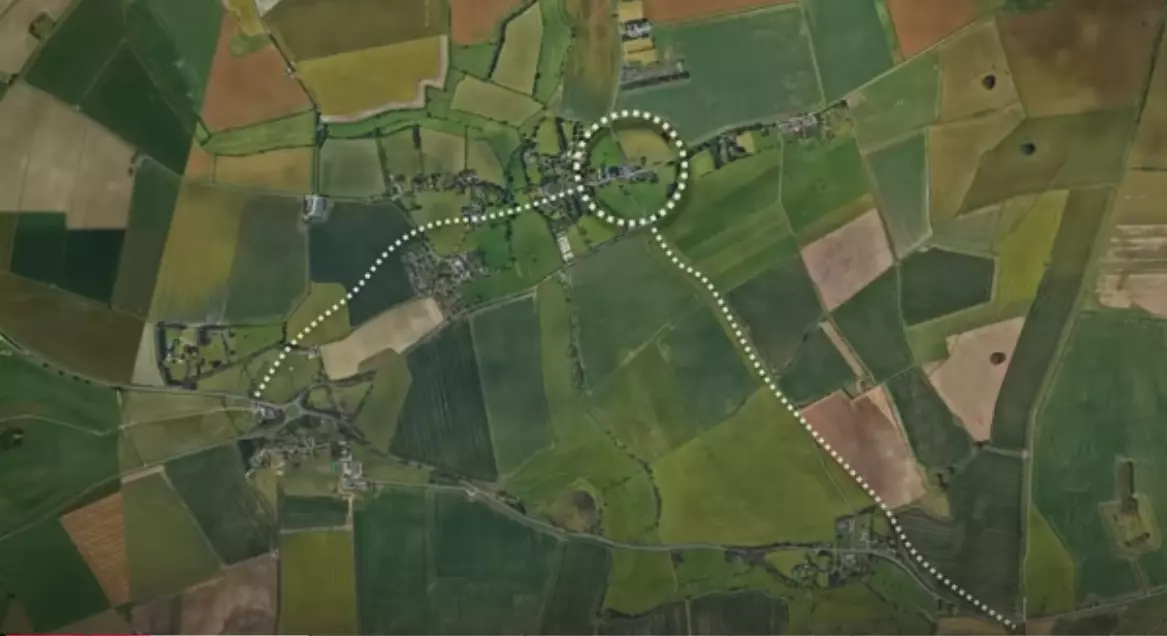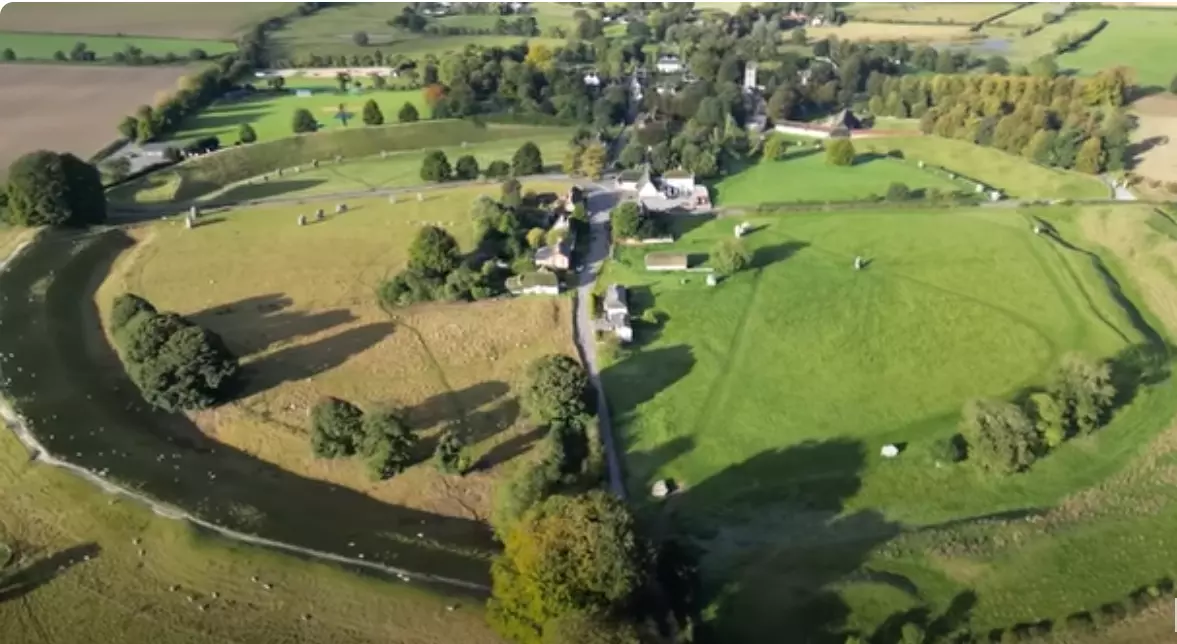#megalithic
https://old.bitchute.com/video/m8VMnhXVinng/
#hawaii
#Heiaus of Hawaii : Astronomical #Megalithic Platforms
#Prehistoric #Malta | The Incredible #Archaeology Museum is Mind-Blowing | #Megalithomania
https://www.youtube.com/watch?v=0dso3NMfIWA
A thorough exploration of the remarkable National Museum of Archaeology in #Valletta, Malta. Hugh Newman takes a close look at the beautifully-carved blocks with 3D reliefs, elongated skulls, cart-ruts, goddess figurines, miniature artifacts and monumental statues that are on display, revealing a stunning #megalithic legacy that has been on the island since the early #Neolithic era. Includes exclusive 3D scans.
2 Likes
FORBIDDEN TO SEE #PRE-FLOOD #STONE METROPOLIS.. YOU WON'T BELIEVE WHAT WAS INSIDE 4K
#PaulCook
100K subscribers
10/29/24
(Paul Cook is not a professional archeologist, but he lived in #Malta for 3 years and dedicated a lot of time exploring numerous pre-flood ruins there which are not open to the public (and seem to be kept secret intentionally), and making fascinating videos of them.
It's clear from these videos that somehow the people of those times knew how to construct huge buildings made of geopolymer complete with plumbing, which must have required some kind of #advanced #technology.
"FIRSTLY THANK YOU FOR HELPING ME REACH 100K I CAN NOT EXPRESS THE JOY FROM THE OVERWHELMING FEELING OF SUPPORT THANK YOU SO MUCH GUYS
🧐 A COMPLEX THAT HAS BEEN BROUGHT UP BY A PRIVATE COMPANY AND SHELVED FROM THE PUBLIC FOR DECADES. ON TOP OF THIS COMPLEX IS A TOURIST ATTRACTION THAT IS 'UNDER CONSTRUCTION' AND ALSO SHUT DOWN (BUT WE'RE NOT INTERESTED IN THAT).
IN THE LAST EPISODE I WALKED AROUND THE EXTERIOR BASE OF THE COMPLEX EXPOSING HOW ADVANCED THESE #MEGALITHIC, CAST IN SECTIONS MACRO COMPLEXES ARE. WITH SERVICE CHANNELS IN THE WALLS AND FLOORS FOR PIPES. HUMONGOUS CAST STONE IN SECTIONS THAT HOUSE ROUTES AND SERVICE TUNNELS FOR PIPE WORK THAT TODAY WOULD ONLY BE CLASSED AS COMMERCIAL PLUMBING IN MODERN DAYS... THE ONLY CATCH IS THERE IS NO DATE OR INFORMATION FOR THE SITE IN QUESTION. WHICH REALLY ASK QUESTIONS ABOUT HOW ADVANCED AND FAR BACK DOES THIS MISSING STONE METROPOLIS CIVILIZATION GO?
AND WHY THE BIG COVER UP?
TODAY WE WILL BE GOING INSIDE.. FILMED IN 4K SO MANY ANOMALIES..THESE BUILDING TECHNIQUES AND BUILDING MATERIALS SEEM TO BE UNIVERSAL.
SO WHAT THE HECK WAS REALLY GOING ON HERE ?
LET ME WALK YOU THROUGH WHAT WOULD SEEM TO BE TURKEY OR SYRIA AND POINT OUT ALL THAT SEEMS TO HAVE A GOOD CASE OF BEING A MAN MADE STRUCTURE
I'LL LET YOU DECIDE FOR YOURSELF🧐
😎I KNOW... LET ME SHOW YOU.. THIS PLACE DOES NOT FIT ANY NARRATIVE😎
🤠COME ACROSS SOME MEGALITHIC IN FAMOUS SCRATCH MARKS, BLOCKED UP PASSAGES AND OTHER GOLDEN NUGGETS. GEOPOLYMER EVERYWHERE AND BURIED OLD WORLD COMPLEXES."
Source: https://youtube.com/watch?v=iSjBMdnkegE
https://www.youtube.com/watch?v=kknPtZsfhVg
#megalithic
#Pre-Historic #Mega #Structures of #Japan & Unexcavated #Giant Tombs
5 Likes
https://youtube.com/watch?v=PEe72Nj-AW0
#history #megalithic
Description:
On 16th April 2024 Joe Rogan hosted a debate between archaeologist Flint Dibble and author #GrahamHancock. Dibble said he came to debunk "pseudoarchaeology" with a "truth sandwich". What were its ingredients?
Fact-checking science communicator Flint Dibble on Joe Rogan Experience episode 2136
https://www.youtube.com/watch?v=hZi4sIMhad8
#megalithic
Pre-Historic Mega Structures In #China & Unexcavated #Pyramids
3 Likes
https://old.bitchute.com/video/mQAabOwZ5Eau/
A #HPANWO #TV reportage of the #Megalithic Tours' #Mysterious #Earth #Conference #2024, see: https://megalithictours.com. It took place in Lytham St Annes, #Lancashire; the same place as Probe.
Mysterious Earth 2024
#PaulStonehill | Mysteries of #Pshada: #Ancient #Dolmens and Anomalous Mine... | Sept. 19, 2024
#megalithic
Source: https://youtube.com/watch?v=iCKpsBSTvHE
Description:
...As old as the #pyramids...built by giants? Underwater humanoids?...
2 Likes
https://www.youtube.com/watch?v=5HD54cZZLIo
#Britain’s #LOST #Prehistoric #Wonder of the World? – #Shap #Megalithic #Avenue
#BrienFoerster | Exploring The #Ancient Sites Of Orongo And #Megalithic Vinapu On #EasterIsland | Aug. 20, 2024
Source: Brien Foerster youtube, hiddenincatours.com
Source: https://youtube.com/watch?v=nJKsUh12dAA
One person like that
1 Comments
Andrew Hall: #Megalithic Chemistry/ #ThunderboltsProject
Aug 11, 2024
"The #mystery of #ancient #megaliths stirs wonder in the curious mind. They are artifacts from our deepest past, yet endured millennia with more grace and stamina than anything built since. Controversy over their age—who, how and why they were built—has raged for as long as they have stood.
It reasons the ancients would focus resources on practical structures that paid dividends in higher productivity rather than pure ceremony, because that is WHAT WE DO. Modern civilization invests the vast majority of our resources to build plants, mines, factories, dams, roads, sewage and clean water systems—and a small amount on cemeteries, churches and monuments. The reason is obvious—it is necessary. Why wouldn't the same be true in ancient times?
Author and engineer Andrew Hall explains how our ancient ancestors built with stone and utilized Earth’s energy beneath a Moon that appeared every other day, bringing with it plasma storms, earthquakes and swelling seas."
Source: https://youtube.com/watch?v=5qUkG34GKHc
One person like that

https://old.bitchute.com/video/8OVr7eRXZ2cX/
Could it be possible that the city is #magnetized because #magnetic #levitation #technology was used to transport the basalt columns from somewhere?
#megalithic
Temwen Island 2 : Magnetized City of Nan Madol
One person like that

https://old.bitchute.com/video/G3UIwrN9gJ9Z/
A #megacity on #unnatural #coral is a mystery that still plagues the best of minds.
#megalithic #mystery
This video is a compilation of materials that form my own thoughts and opinions – Bernie Ong
"What could be buried beneath the sand in #Egypt? Have you ever wondered about the secrets hidden at the #Megalithic Osirion? Well, there have been some NEW discoveries at the #Osirion that add new dimensions to our understanding of this deeply mysterious ancient site. This is just the first of several videos to come that will change how you view the Osirion, so stick around until the end of this video to learn more!"
Source: https://youtube.com/watch?v=j5vGDUS0LrA
One person like that
1 Comments
#MEGALITHIC TOMBS OF #ACHILL ISLANDS | #Ireland (Travel Vlog 382) -
https://www.youtube.com/watch?v=4FvfpfLlA40
One person like that
One person like that
#Uncovering the mysteries of #Stonehenge
https://www.youtube.com/watch?v=WT3_AJNbw8I
Trepanning, elongated skulls and healing energies are just some of the amazing discoveries from Stonehenge, explored in #MariaWheatley’s new #book, The Secret #History of Stonehenge. Maria joins me to talk about the energised water, the highly polished coloured stones and the musical harmonies of the #megalithic circle.
LINK: https://theaveburyexperience.co.uk/
Email Maria: mariawheatley@aol.com
#healing #neolithic
Why #Megaliths change the Paradigm of our #History ?
https://www.youtube.com/watch?v=yCrhZxZpH14
Howard Crowhurst has been studying the mysterious #megalithic sites for more than 35 years, and he has made incredible discoveries about that will completely change the way we look at this obscure part of our history.
Find out more at https://howardcrowhurst.com/
https://www.youtube.com/watch?v=qvpoUDPdX3k
#history
#Mysterious #knobs at #Ancient #Megalithic #Sites – Molded / Cast or Quarried?
One person like that




